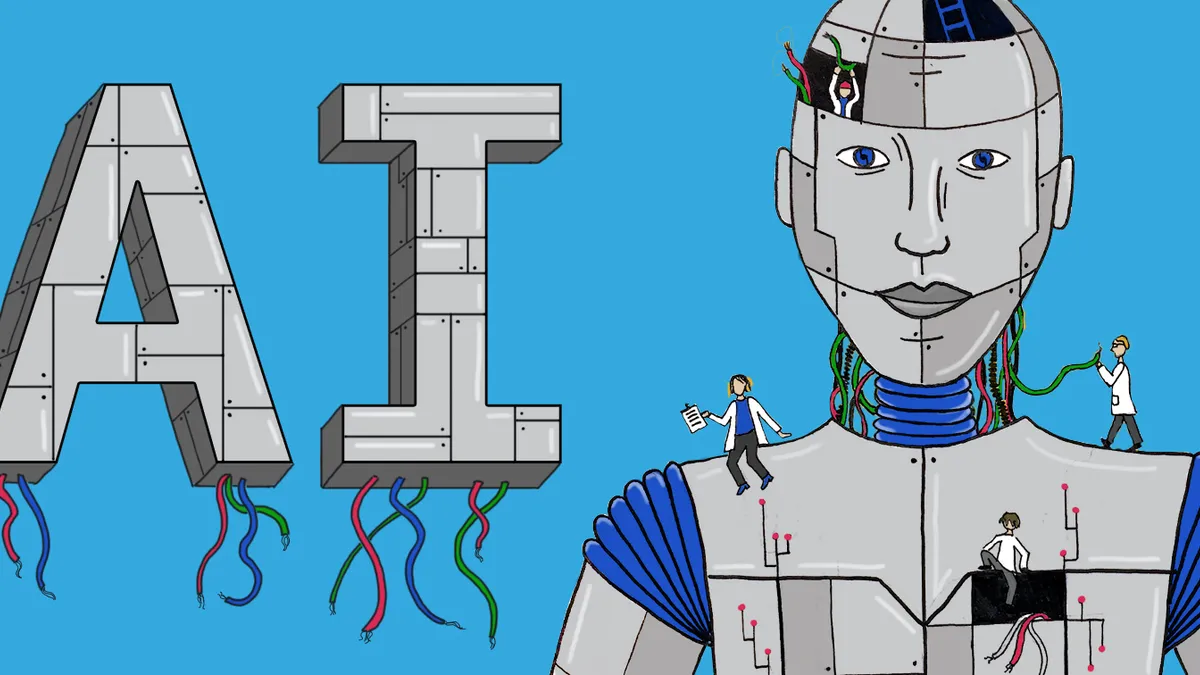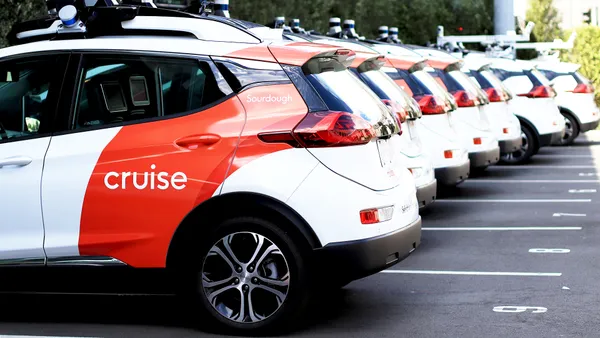Dive Brief:
- Artificial intelligence (AI) and machine learning (ML) have been cropping up more frequently in job postings, rising 99.8% between June 2015 and June 2018, according to an Indeed analysis of job postings in this period. Searches for the technologies rose 182% in the same period.
- The highest concentration (11.6%) of AI-related postings in the last year were in New York City, followed by San Francisco at 9.6% and San Jose at 9.2%. Washington, Boston and Seattle cinched the successive spots.
- Postings for machine learning engineers, data scientists and computer vision engineer mentioned AI and ML the most. These positions, as well as principal scientists and directors of analytics, had an average salary of more than $130,000.
Percentage of job descriptions that included AI, ML
| 1 | Machine learning engineer | 94% |
|---|---|---|
| 2 | Data scientist | 75% |
| 3 | Computer vision engineer | 65% |
| 4 | Algorithm engineer | 37% |
| 5 | Principal scientist | 29% |
| 6 | Computer scientist | 28% |
| 7 | Research engineer | 24% |
| 8 | Statistician | 24% |
| 9 | Director of analytics | 23% |
| 10 | Data engineer | 22% |
SOURCE: Indeed
Dive Insight:
Skills and positions related to data and analytics as well as computer vision were prominent in job postings. Computer vision has been climbing in popularity, with everyone from traditional tech to Nike dabbling in the image processing field.
And AI is only as good as the data that goes in to it and the clear purposes it is looking to solve. Throwing technology at a problem won't solve it, and the ability to map out, process and manipulate data to fulfill business objectives is a skill set many companies are still trying to fill.
With the next generation of enterprise technologies so heavily grounded in AI and ML-based capabilities, the demand for talent will continue to skyrocket in the coming years. But the current shortage of talent and pipeline mean that not enough developers, engineers and specialists are in place to fill every open position.
More accessible tools and programs that can bring in all levels of AI expertise can mitigate the gap. Tools for full-time developers are important, but so are tools for non- or less-technical workers who only need to dabble in the technology from time to time.
If HR and business workers can access and use AI capabilities through a simplified medium, then the application of AI throughout the business can extend beyond the immediate technical team.












